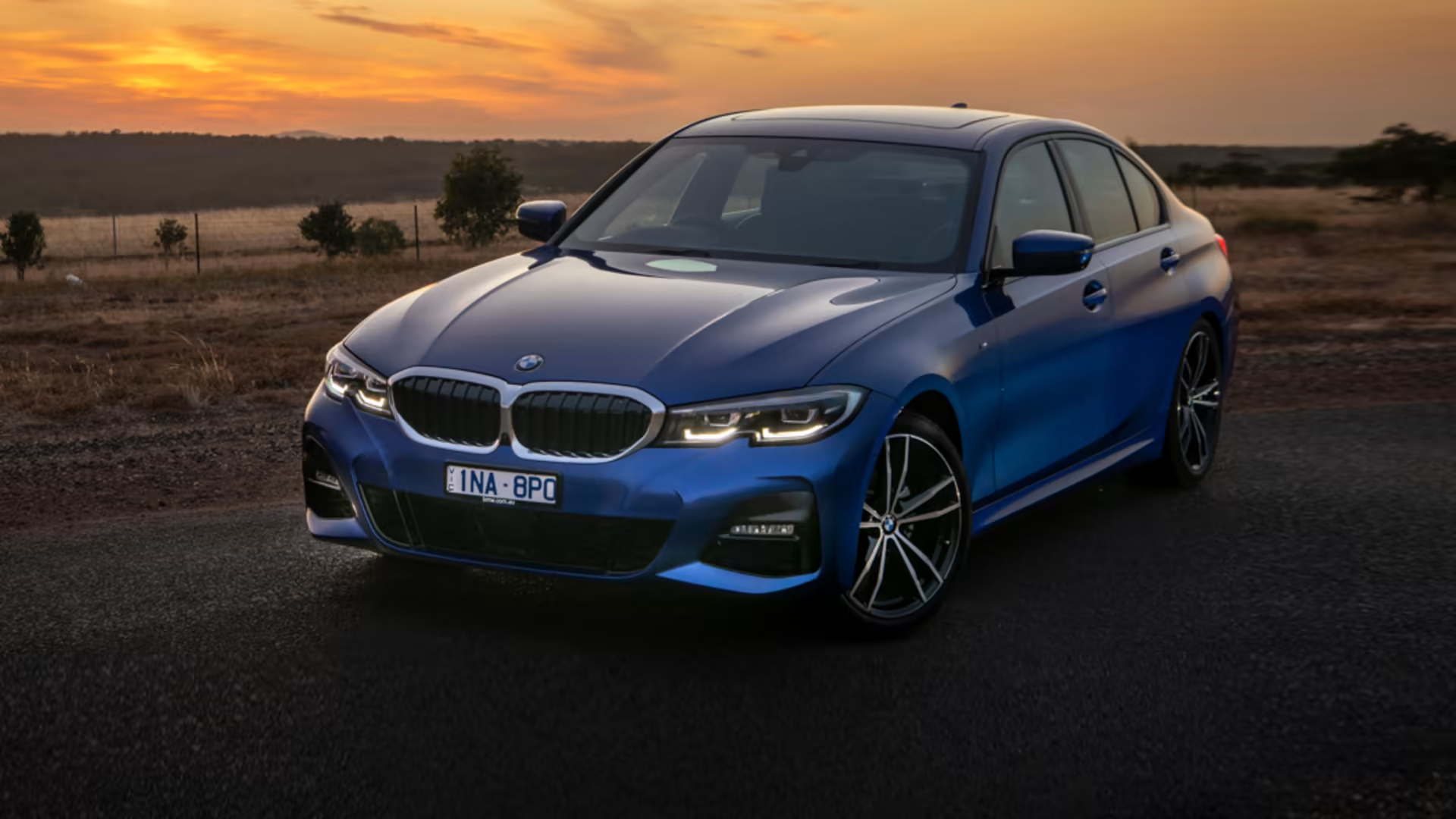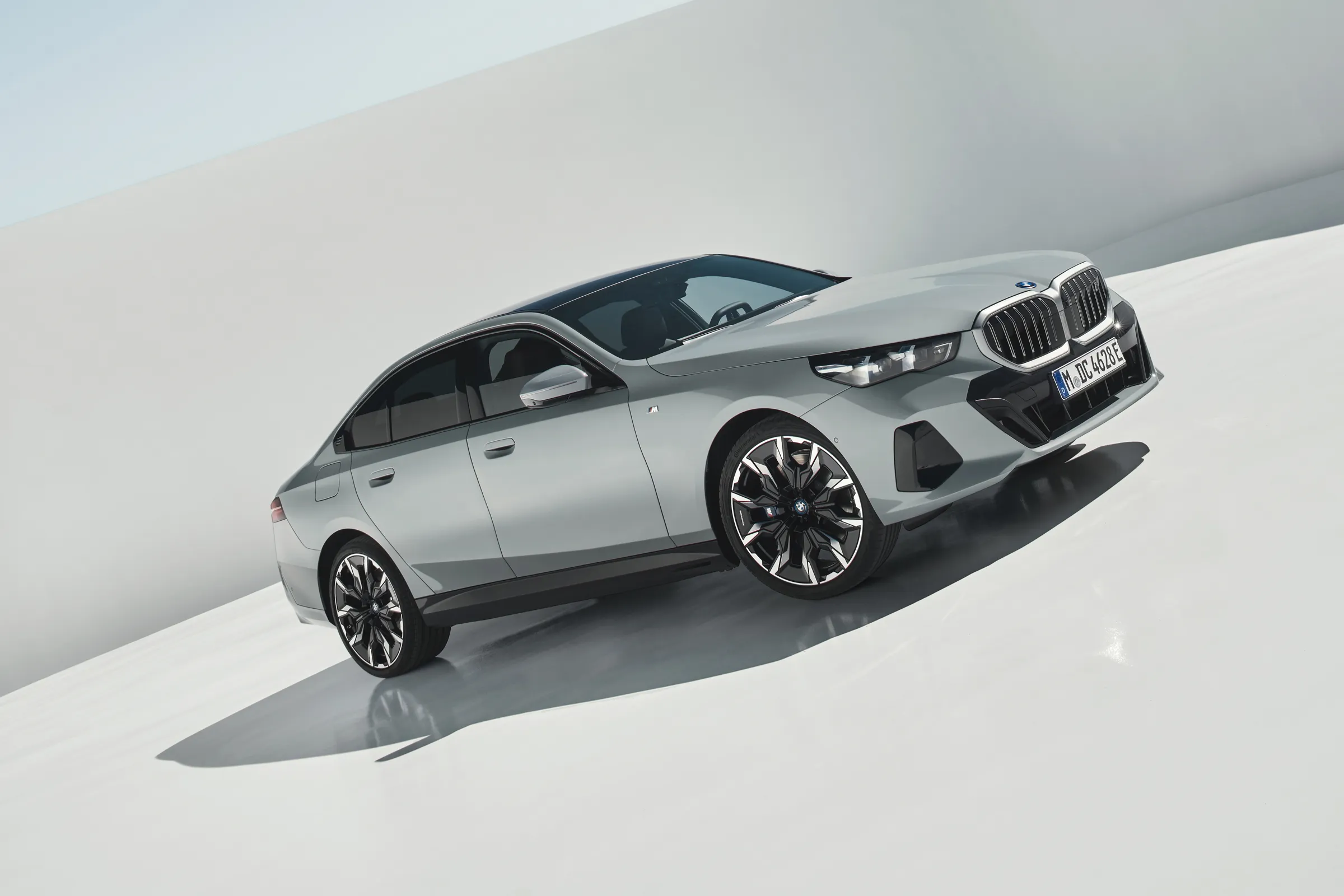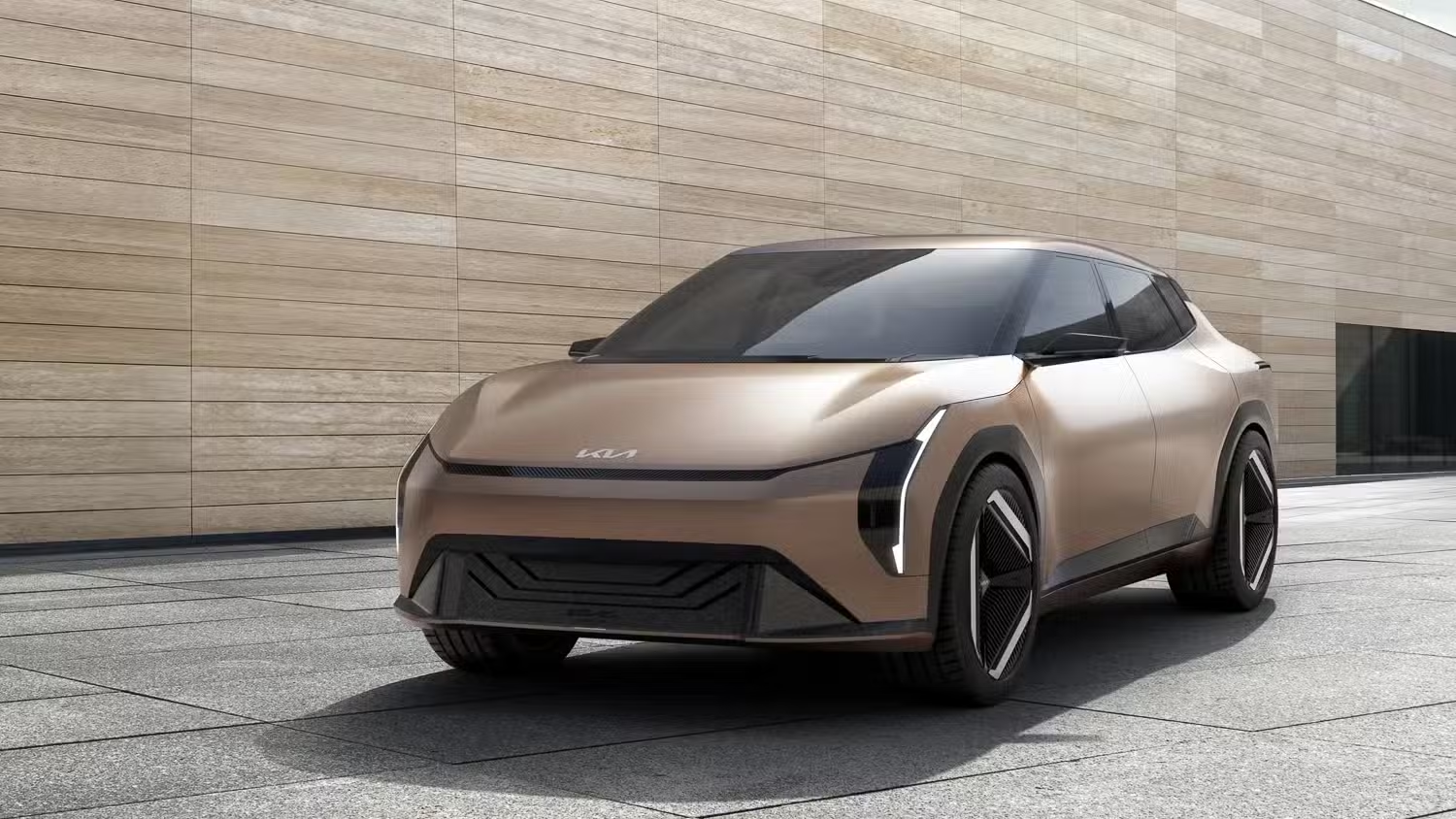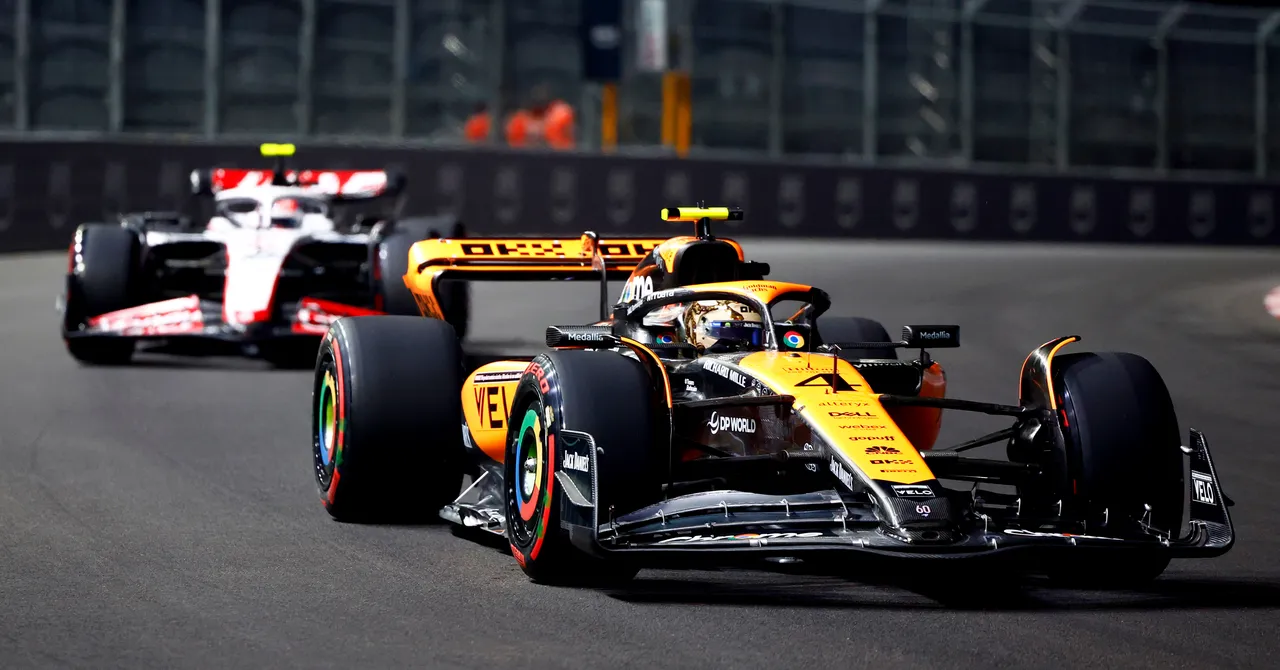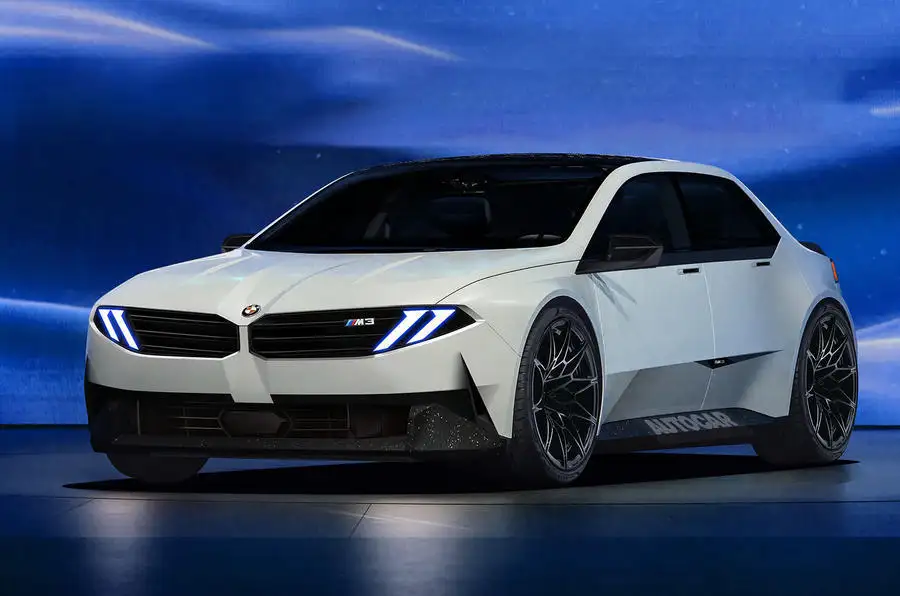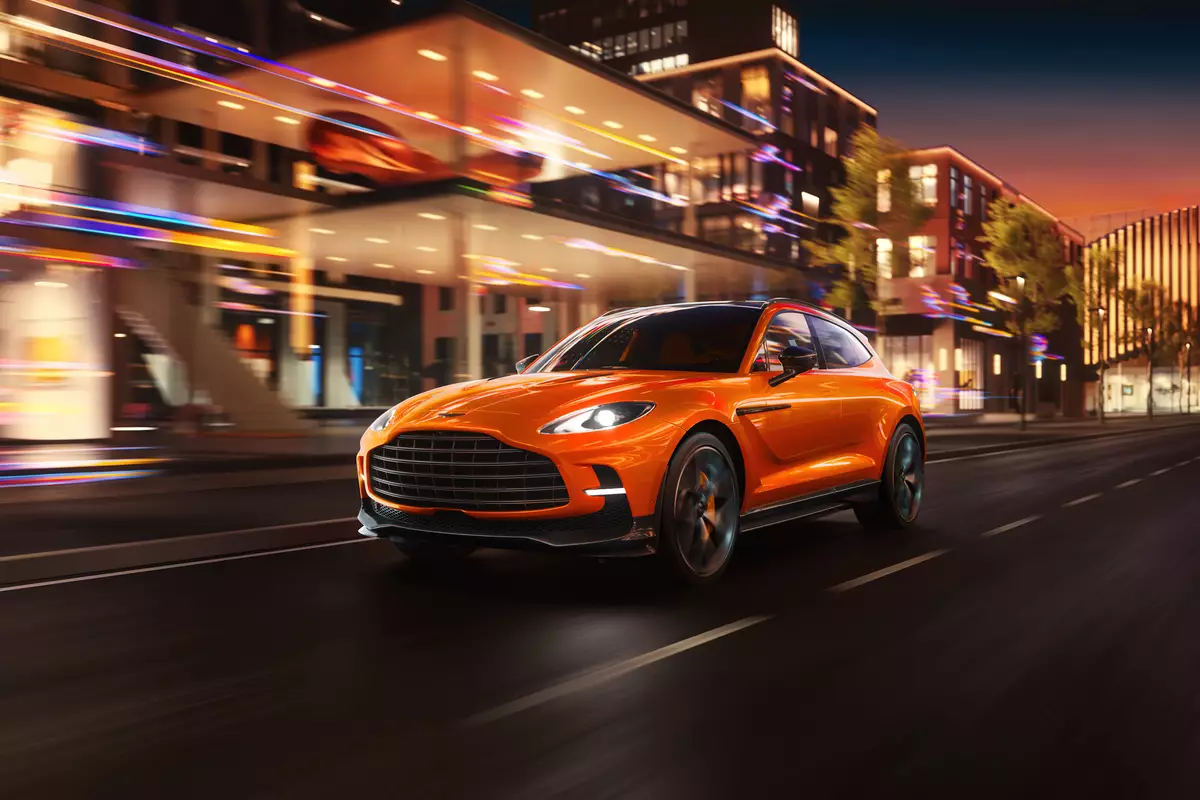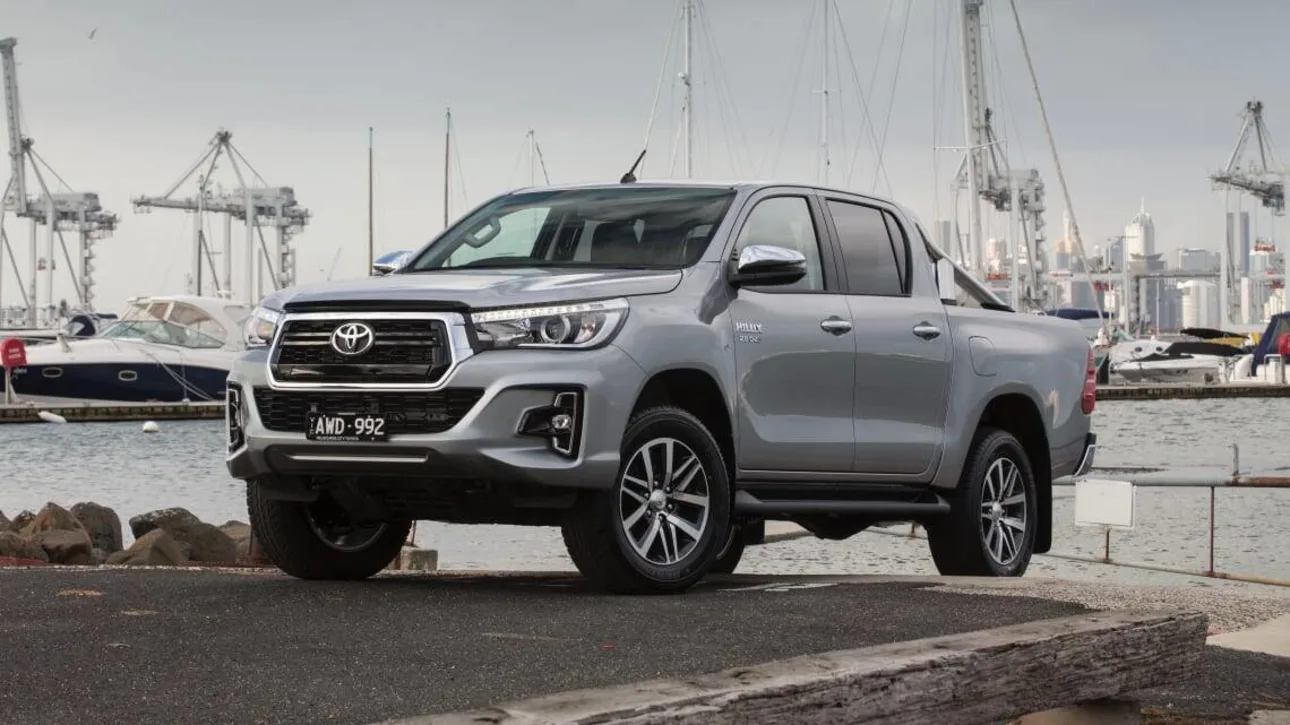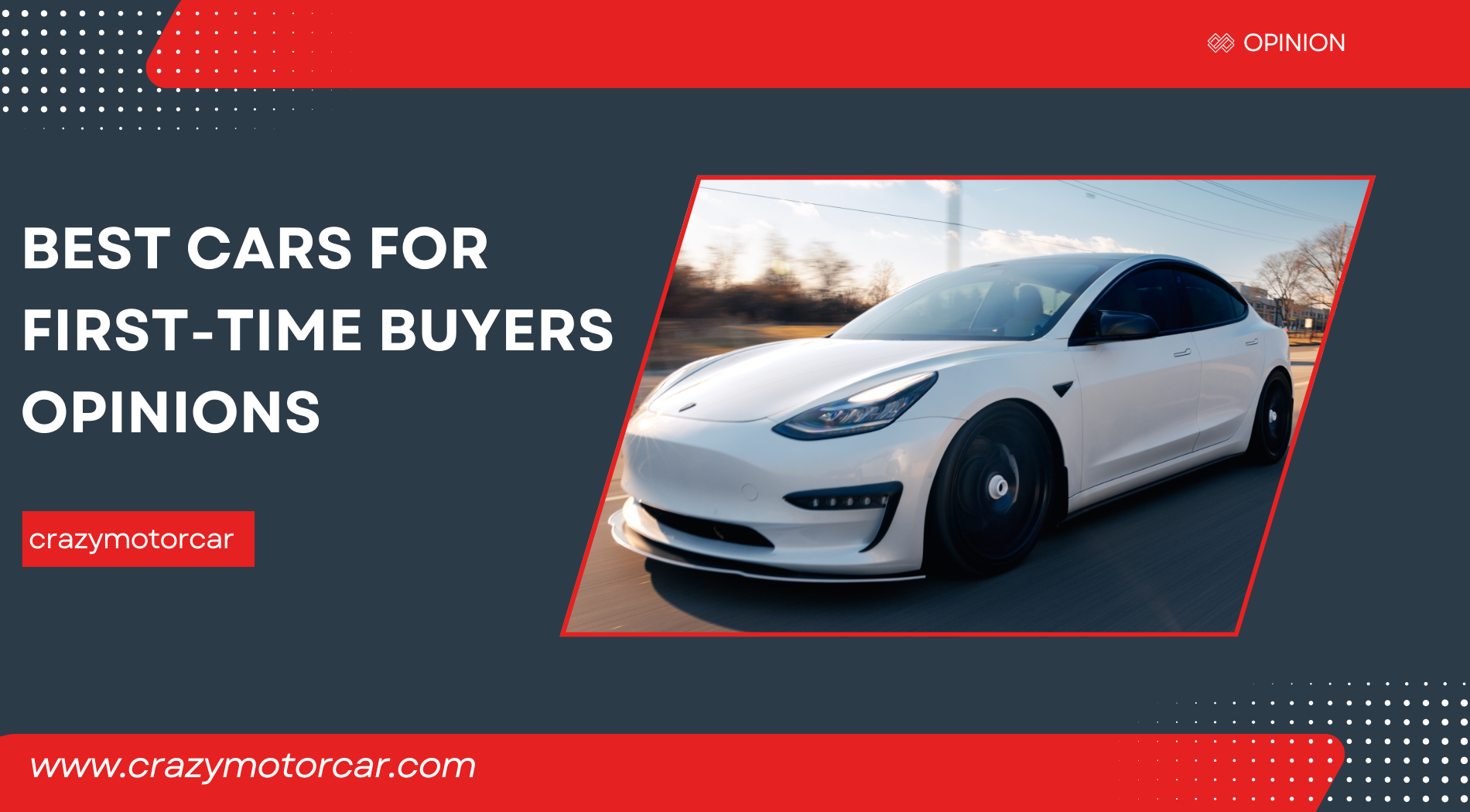A brief glance at each age of BMW's meat and potatoes model.
With the 2019 BMW 3 Series, the notorious model line, named G20, has entered its seventh era. The most recent cycle of the 3er is the biggest and generally strong yet, and just looks similar to the first on account of BMW's commitment to its double kidney grille configuration subject. Yet, when you view at history of the BMW 3 Series overall, it's a lot more straightforward to perceive how the model got to where it is today. Continue to peruse to see the BMW 3 Series' slow advancement across its seven ages.
Fun truth: Albeit the vast majority partner "A definitive Driving Machine" motto to the second-age E30's dictionary, as a matter of fact it originally showed up back in 1975 in a BMW promotion made by then-organization Ammirati and Puris under the encouraging of (sit tight for it) Bounce Lutz. Likewise, in this article we avoid the M3 with regard to the blend, as BMW generally thinks of it as an alternate model with various generational series assignment,
Gen I: Model E21
1977-1983
Wheelbase 100.9 inches
Length 177.5 inches
MSRP $7,990 (1977 320i); $11,465 (1980 320i)
The 3 Series began life as a vehicle, isn't that so? No, the first 320i was a two-entryway — despite the fact that advertisers considered it a "two-entryway car" instead of an unadulterated roadster. The first 320i was the replacement to the 2002 and hence is the undervalued model sandwiched between the 2002 and the notable E30. The 109-hp 2.0-liter 320i motor included Bosch K-Jetronic fuel infusion and hemispheric burning chambers mated to either a four-speed manual or three-speed programmed. It was the primary BMW with rack-and-pinion guiding. In 1980, BMW changed to a lighter 100-hp 1.8-liter motor and a five-speed manual with overdrive, as well as exhaust systems for California-market vehicles. Yet, 0-60 times slipped from 10.5 seconds with the old motor to 11.1 seconds with the new (note all speed increase times kindness of BMW, for consistency).
Gen 2: Model E30
1984-1993
Wheelbase 101.2 inches
Length 176.8 inches
MSRP $16,430/$20,970 (1984 318i/325e); $27,300 (1987 325i)
Heave! Some early E30 models had front-drive, however BMW's aficionado engineers won the day — demanding the drive haggles associated with directing ought to be isolated. This is the main 3er accessible as both car and vehicle. The torquey 121-hp 2.7-liter "Estimated time of arrival" inline-six motor ran for two or three years prior to being supplanted in 1987 by the zingy 168-hp 2.5-liter inline-six that could run from 0 to 60 in a then-speedy 8.5 seconds. That M20-engined 325i highlighted firmer suspension tuning that became inseparable from the BMW brand. A convertible showed up in 1987. All-wheel drive showed up in 1988, with a planetary focus diff and programmed gooey locking front and back differentials. A more reasonable 318i emerged for the last long periods of the model run. The main M3 appeared, with softness being a higher priority than crude power. Exemplary vehicle gatherers searching for this retro-execution sweetheart are tracking down barters on Bring a Trailer for the 325i (particularly with the five-speed manual) to be packed and furiously cutthroat.
Gen 3: Model E36
1992-1999
Wheelbase 106.3 inches
Length 174.5 inches
MSRP $27,990 (1992 325i); $25,950 (1996 328i)
The wedge-formed E36 changed the already upstanding position of the 3 Series into something more streamlined. A more extended wheelbase however more limited by and large length pushed the wheels to the corners for a more unique appearance, an almost wonderful 51/49 weight dissemination, and a 0.33 drag coefficient. The E30's semi-following arm back suspension was supplanted with a multilink plan. The 189-hp 2.5-liter inline-six mated to a five-speed programmed went through 1995, flaunting a 7.8-second 0-60 time. It was supplanted by a 190-hp 2.8-liter that shaved it down to seven level, with a passage cost cut, for sure. On the more reasonable side, BMW proceeded with a run with a 138-hp 1.8-liter four-banger that came in a few thousand bucks less expensive. A race-prepared M3 thundered in with 321 hp in Europe however was fixed to only 240 hp in America.
Gen 4: Model E46
1999-2005
Wheelbase 107.3
Length 176.0
MSRP $26,440/$33,400 (1999 323i/328i); $27,560/$34,560 (2001 325i/330i)
This vehicle's improvement was driven by BMW's incredible couple of configuration manager Chris Bangle and Research and development boss Wolfgang Reitzle. Notwithstanding vehicles, cars, and convertibles, the initial 3 Series cart shows up on U.S. shores. Variable valve timing debuts in all motors, and a five-speed programmed bows. However, the E46 likewise was the 3 Series' most memorable create some distance from being an unadulterated driver's vehicle, with more sound protection and inside room. Yet, its unique expert was as yet served, with a stiffer undercarriage and body shell and expanded utilization of aluminum. The remainder 328i motor saw the vehicle's 0-60 time slice to simply 6.6 seconds; the midcycle 330i's 225-hp M54 3.0-liter inline-six dropped the chance to 6.4 seconds and is viewed as truly outstanding, most dependable motors in BMW legend.
Gen 5: Model E90
2006-2012
Wheelbase 108.7
Length 178.2
MSRP $31,595/$37,295 (2006 325i/330i); $39,395 (2007 335i); $44,725 (2009 335d)
Expanding in wheelbase, by and large length, and weight, this 3 Series had a wheelbase up to a 1990s 5 Series. On the in addition to side, the expanded inside room at last offered secondary lounge tenants something to discuss other than their following visit to a kinesiologist. The new N52 motor had magnesium-aluminum composite blocks and variable valve timing, and the 3.0-liter inline-six was utilized for both 325i and 330i models — making 215 hp and 255 hp, separately. In 2007, the 300-hp N54 twin-super plant was added to the setup in the 335i, bringing a 5.4-second 0-60 time. Different advances: Dynamic journey control would apply the brakes on a declining grade to keep up with speed, and the back suspension developed to a five-connect plan. The initial 3 Series diesel shows up in America in 2009, flaunting a pounding 425 lb-ft of force and a scope of 585 miles.
Gen 6: Model F30
2012-2018
Wheelbase 110.6
Length 182.5
MSRP $36,500/$42,800 (2012 328i/335i); $38,750 (2017 330i; $45,800 (2016 340i)
So much for naming vehicles in view of motor removals. The new 328i supplanted the vaunted inline-six with a 240-hp 2.0-liter single-super four-chamber motor (0-60 in 5.7 seconds), while the 335i had a 300-hp 3.0-liter single-super inline-six (0-60 in 5.4 seconds. ). Transmission decisions were a six-speed manual or a ZF eight-speed. In any case, fanboys protested that the new electric power directing help desensitized the dealing with reaction. A detuned cost pioneer 320i showed up in 2013, with 181 hp and four thousand knocked off the beginning cost. Notwithstanding a diesel section, the 2016 model line incorporated a PHEV model, mating the 320i motor with an electric engine and a 7.6-kW-hr battery in the storage compartment. Late model cycle changes included new suspensions, refreshed transmissions, and refreshed four-chamber and six-chamber motors, making 248 hp and 320 hp, individually. The 340i dipped under five seconds in the 0-60 run.
